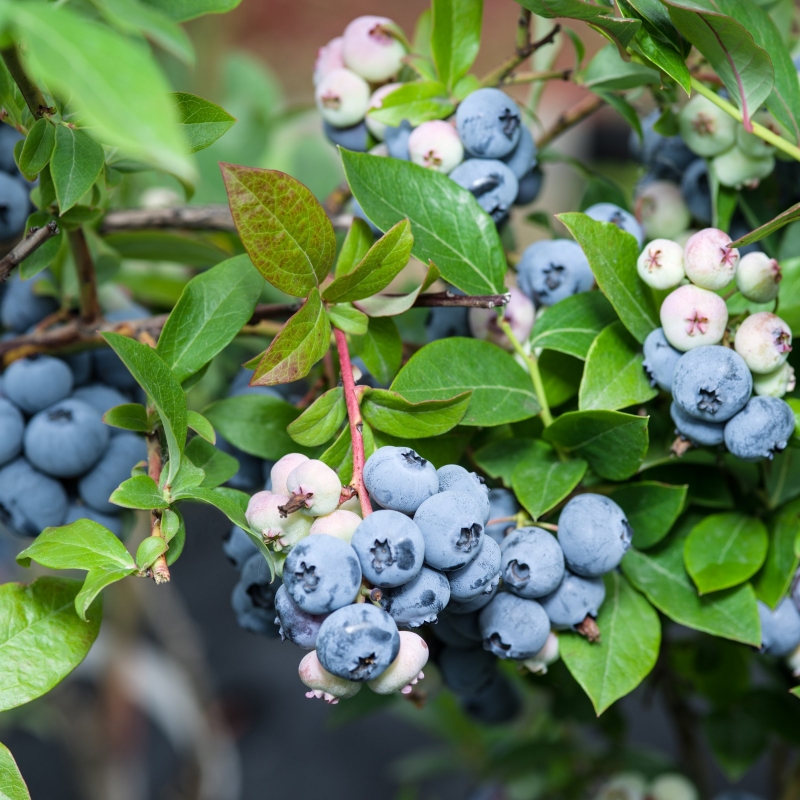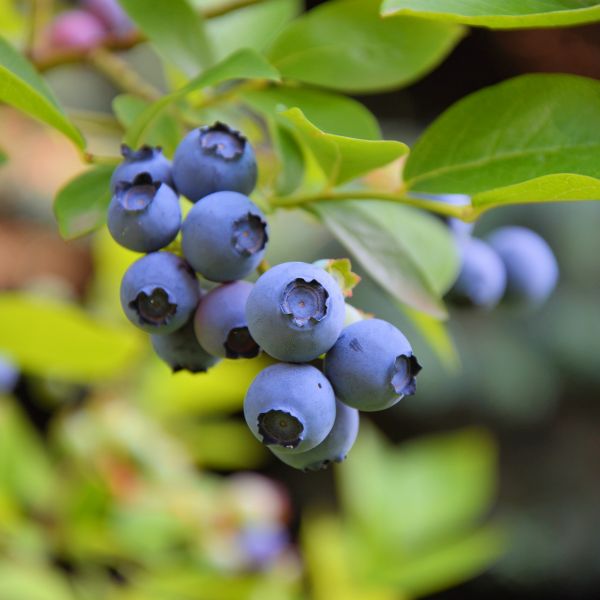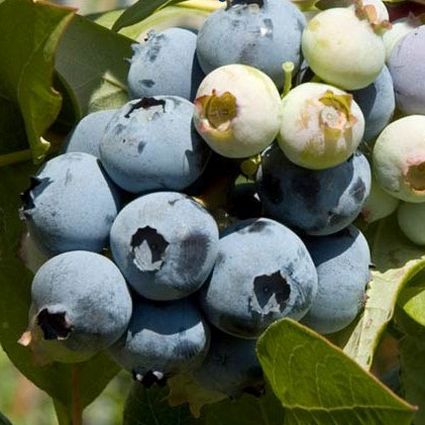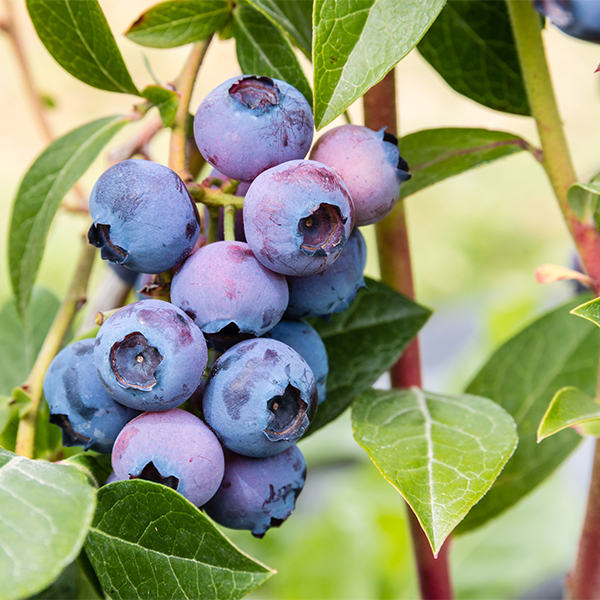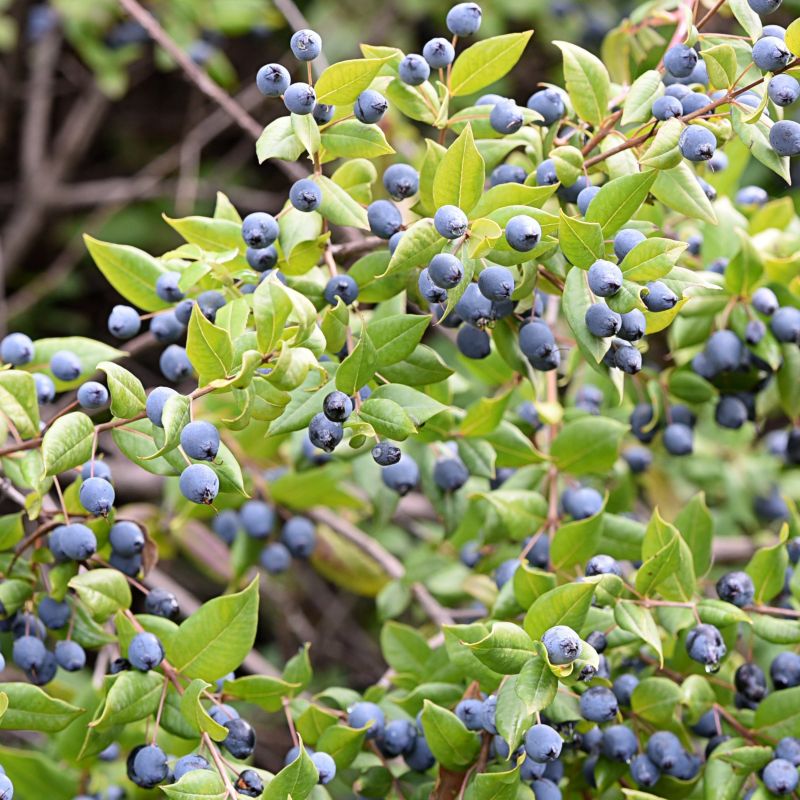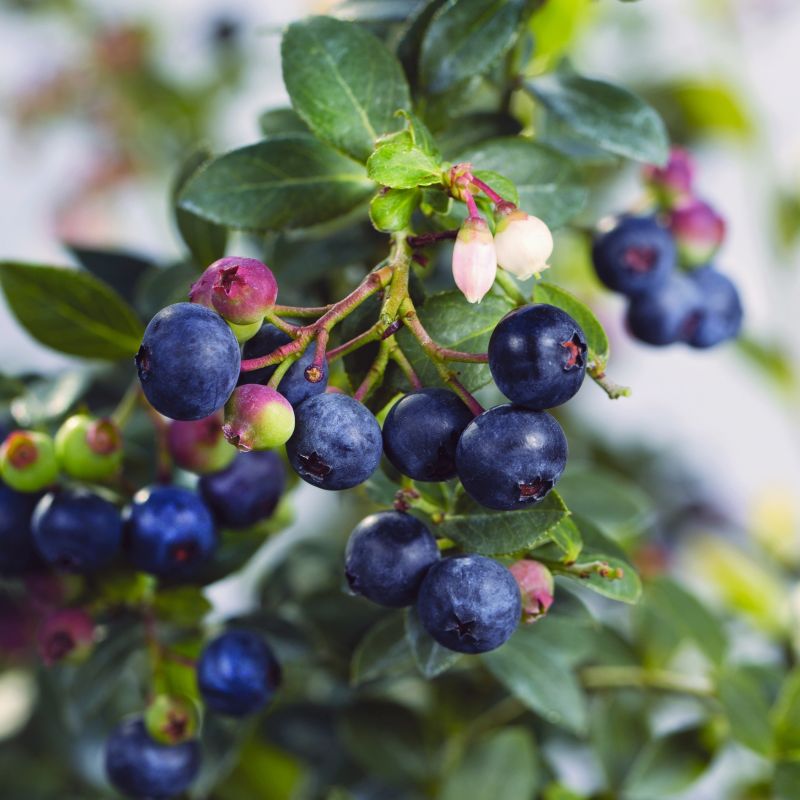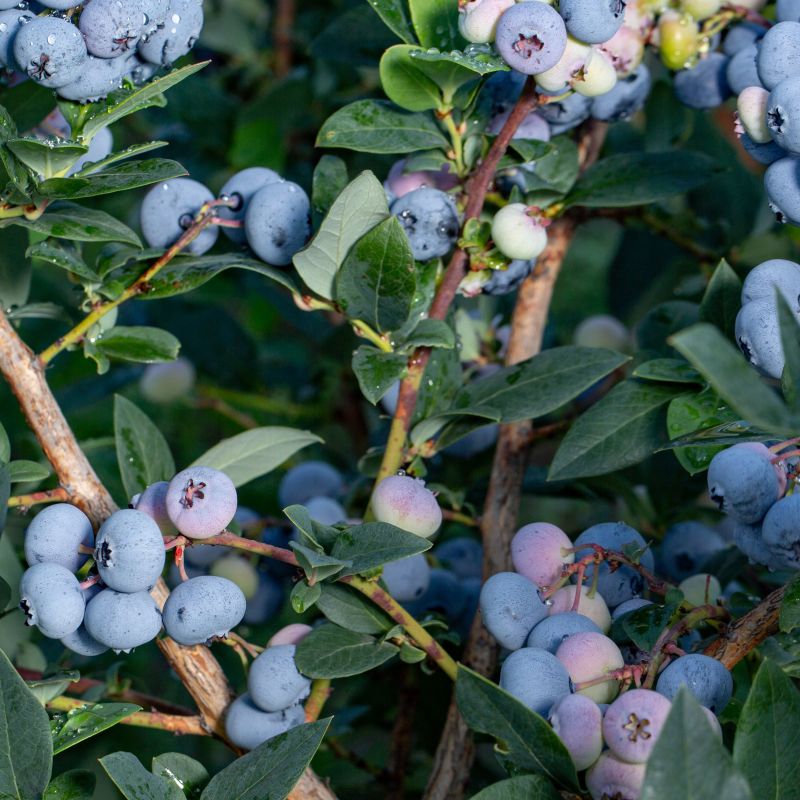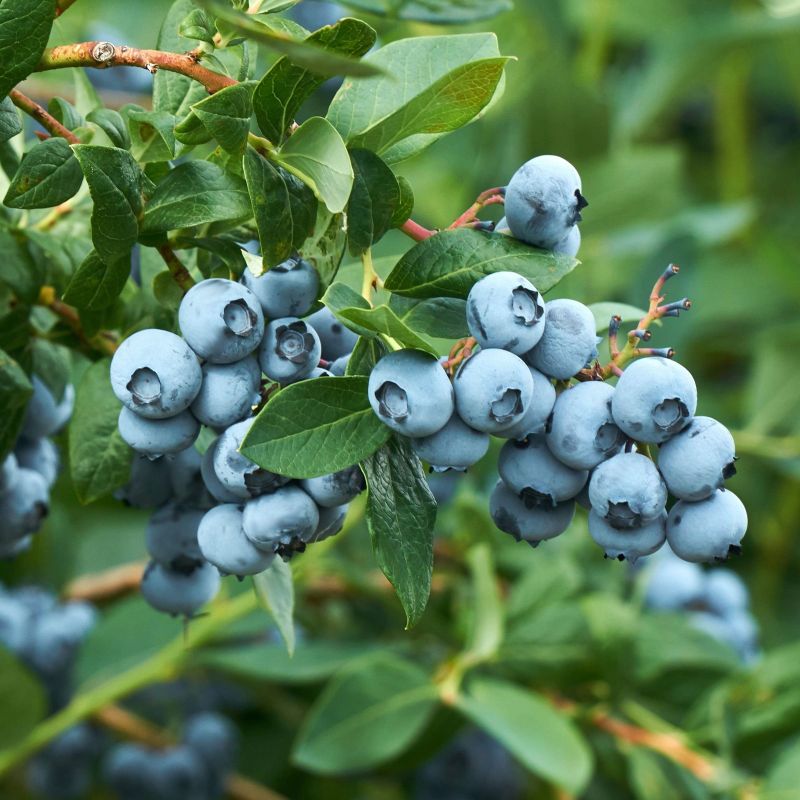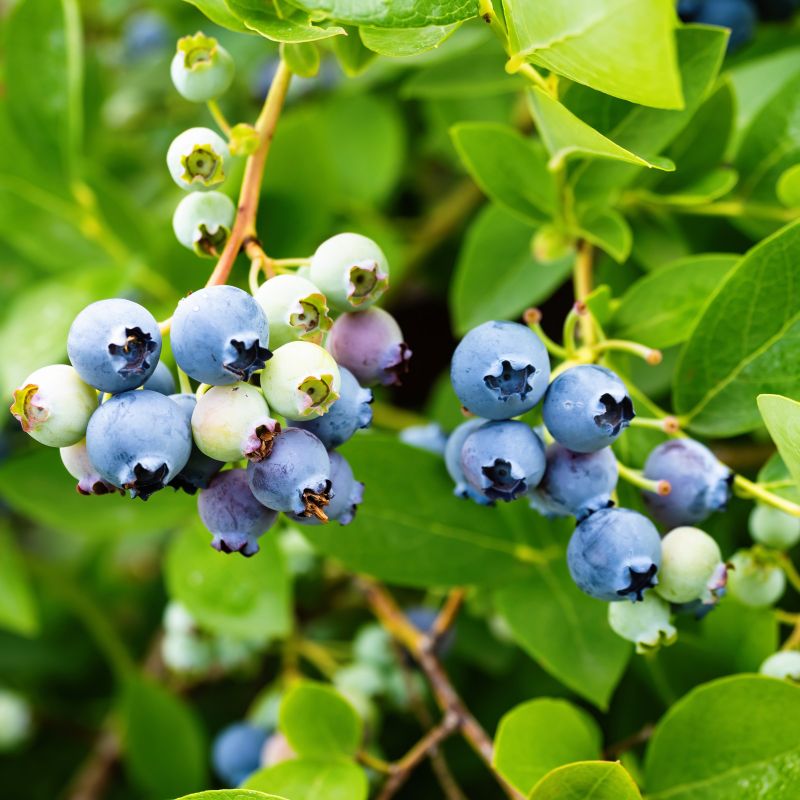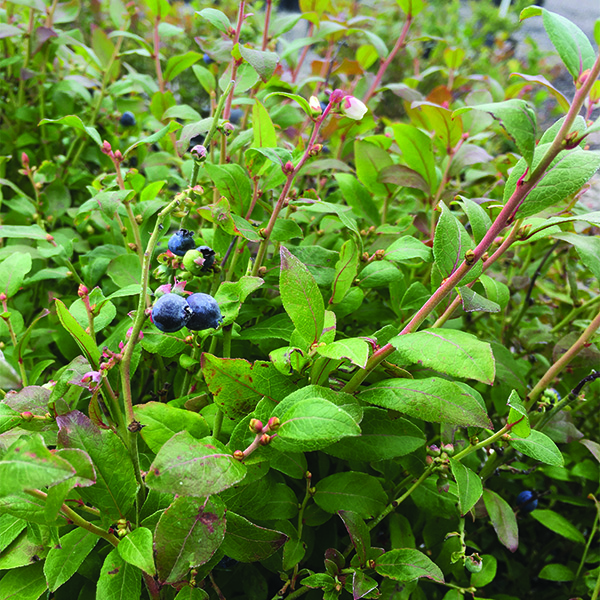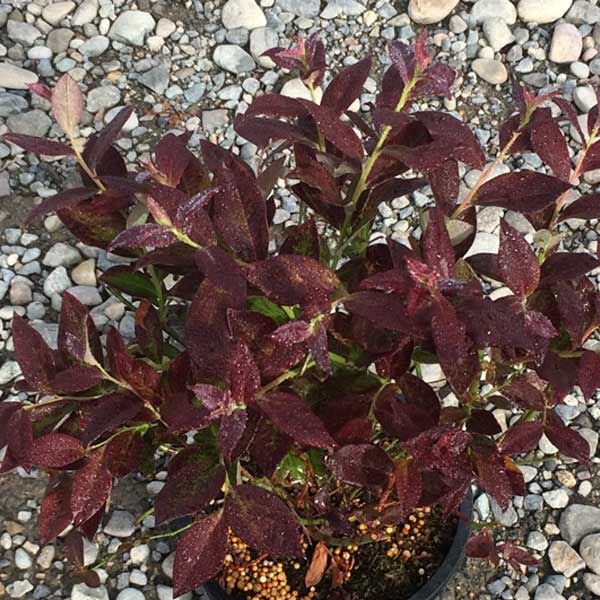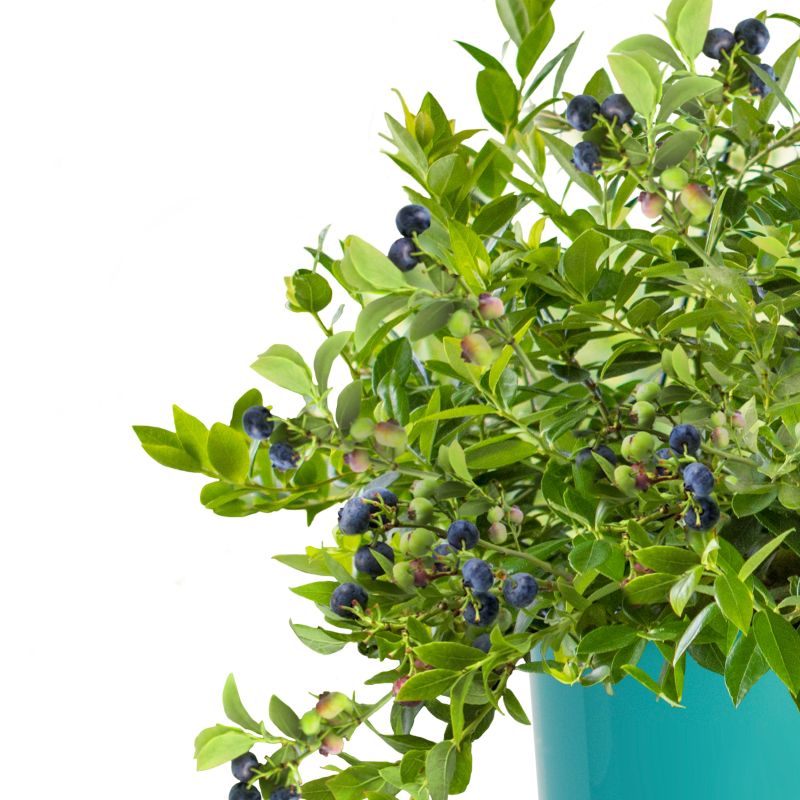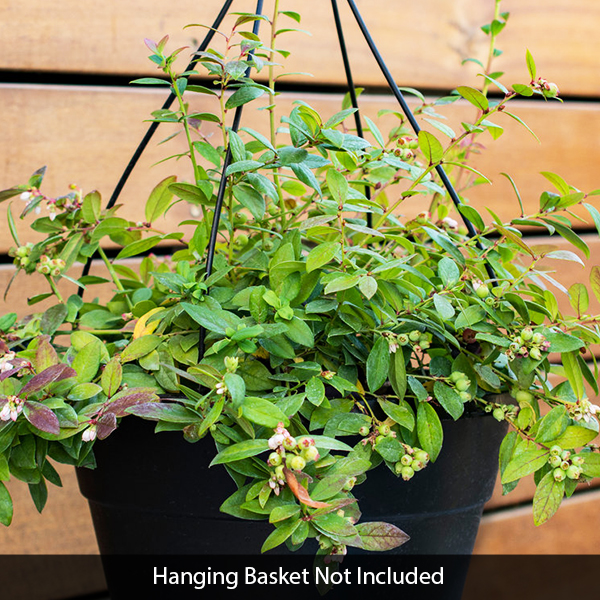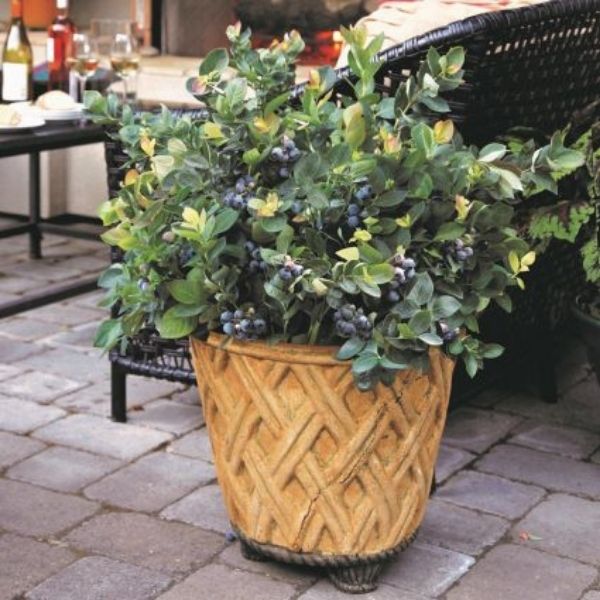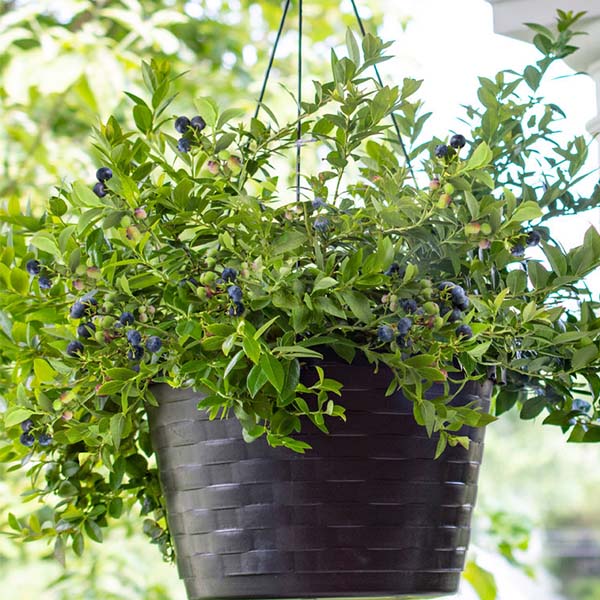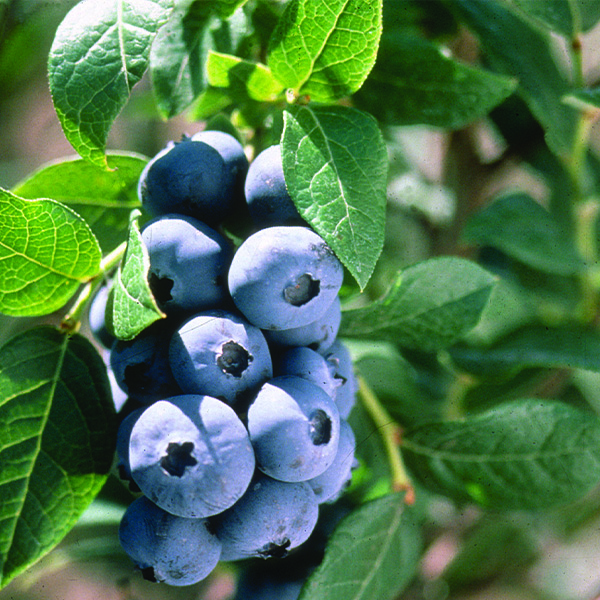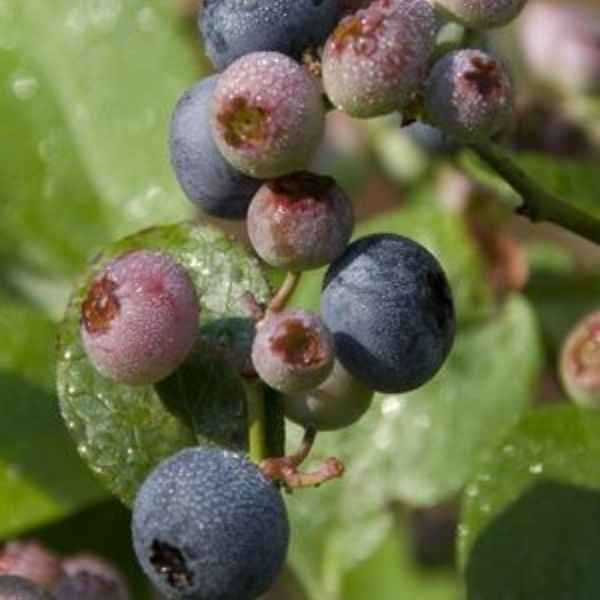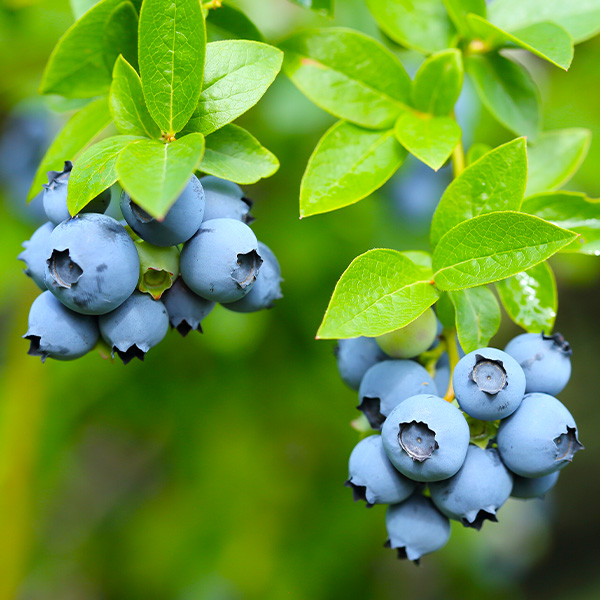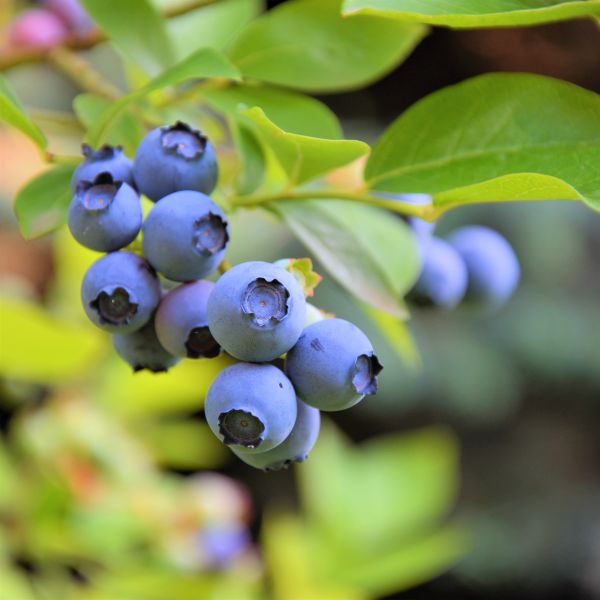

Northland Blueberry
Vaccinium corymbosum 'Northland'
19 reviews
Northland Blueberry
Vaccinium corymbosum 'Northland'
19 reviews
- High in antioxidants, which promote overall health
- Grown in the nutrient-rich soil of Northland, ensuring quality and flavor
- Perfect for baking, smoothies, or simply enjoying as a healthy snack
$47.00
$68.00
30% Off
- Ships to in 3 to 7 days
- Free Shipping Over $150
- Plant Arrival Guarantee
- In Stock
- Free Plant Consult
$200
1 Gallon
Why Northland Blueberry?
Northland Blueberry (Vaccinium corymbosum 'Northland') is a hardy, productive blueberry variety that is well-suited for Northern climates. This compact shrub produces medium-sized, flavorful berries in early to mid-season. It is resistant to many common blueberry pests and diseases, making it a low-maintenance choice for home gardens and commercial berry farms. With its ornamental value, Northland Blueberry also makes an attractive addition to landscape plantings.
People who loved this plant also bought
Sunlight
Northland Blueberry plants require full sun exposure to thrive and produce optimal fruit yield. Sunlight provides the necessary energy for photosynthesis, which is essential for the growth and development of the blueberry plants.
Watering
The watering requirement for Northland blueberry plants is generally 1 to 2 inches of water per week, evenly distributed. They prefer moist but well-draining soil, and adequate watering is particularly important during hot and dry periods to prevent stress
Fertilizing
The fertilizer requirement for Northland Blueberry is typically 2 pounds of 10-10-10 or balanced fertilizer per plant annually, applied in early spring before new growth begins.
Introducing the Northland Blueberry - a vibrant and flavorful addition to your garden! This exceptional plant produces plump, juicy blueberries that burst with sweetness. The Northland Blueberry thrives in full sun to partial shade and well-draining, acidic soil, making it a versatile choice for various garden settings. It is hardy in USDA hardiness zones 3-7.
The Northland Blueberry is low-maintenance and easy to care for requiring regular watering and yearly pruning to maintain its shape and vigor. Its compact size and stunning foliage, showcasing hues of red, orange, and yellow during fall, make it a stunning addition to any landscape design, whether as a focal point or part of a mixed bed.
Not only does the Northland Blueberry offer a delicious harvest, but it also attracts a variety of pollinators, including bees and butterflies. The delicate white flowers that cover the bush in spring provide a valuable food source for these beneficial insects while enhancing the overall beauty of your garden.
Fun fact! The Northland Blueberry is known for its exceptional cold hardiness, making it a suitable choice for gardeners in colder regions. It was developed by researchers at the University of Minnesota, who specifically bred this variety to withstand harsh winter temperatures while still producing an abundance of flavorful fruit.
With its delectable berries, low maintenance requirements, and ecological benefits, the Northland Blueberry is a must-have for any gardener looking to add both beauty and flavor to their outdoor space. Get ready to enjoy a bountiful harvest of these sweet and nutritious berries right from your backyard!
Plant Information:
| Botanical Name: | Vaccinium corymbosum 'Northland' |
| USDA Zones: | 3 - 7 |
| Water: | Moderate to Moist |
| Exposure: | Full Sun |
| Soil Needs: | Well-Drained |
| Mature Height: | 4 feet |
| Mature Spread: | 4 feet |

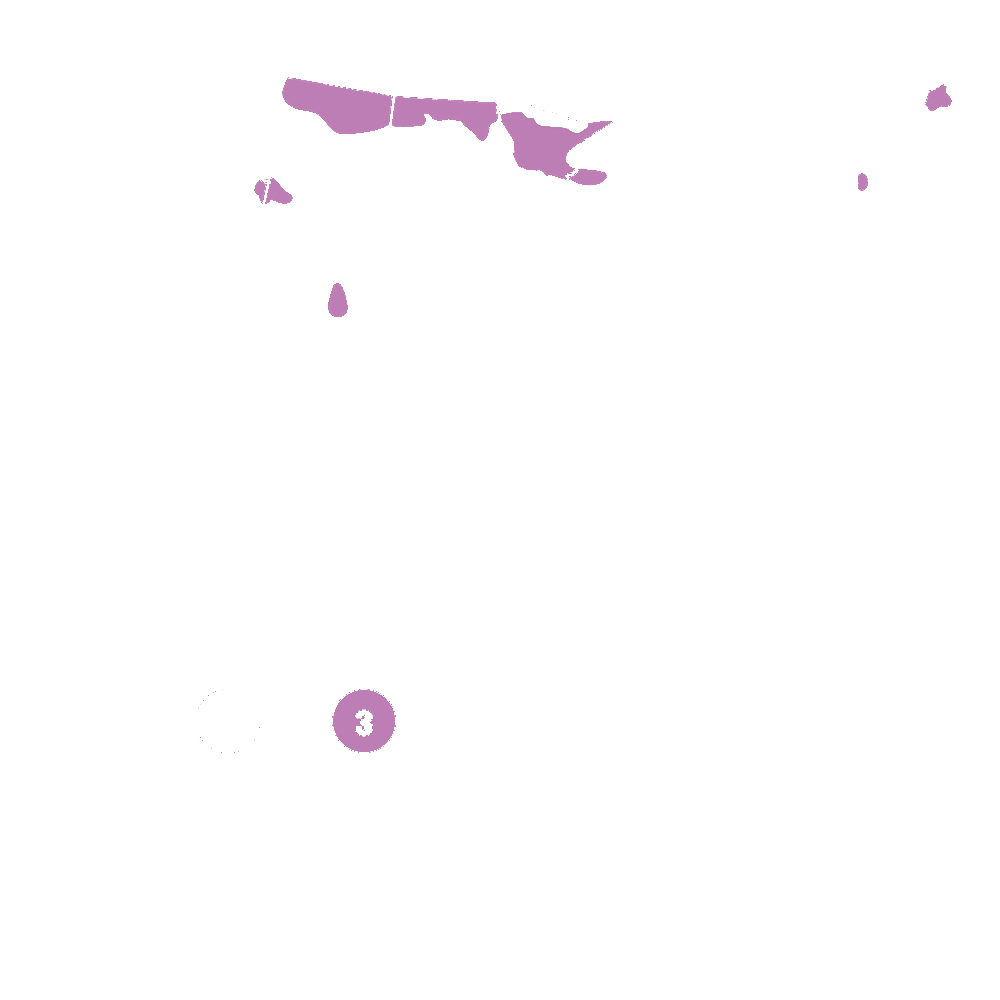
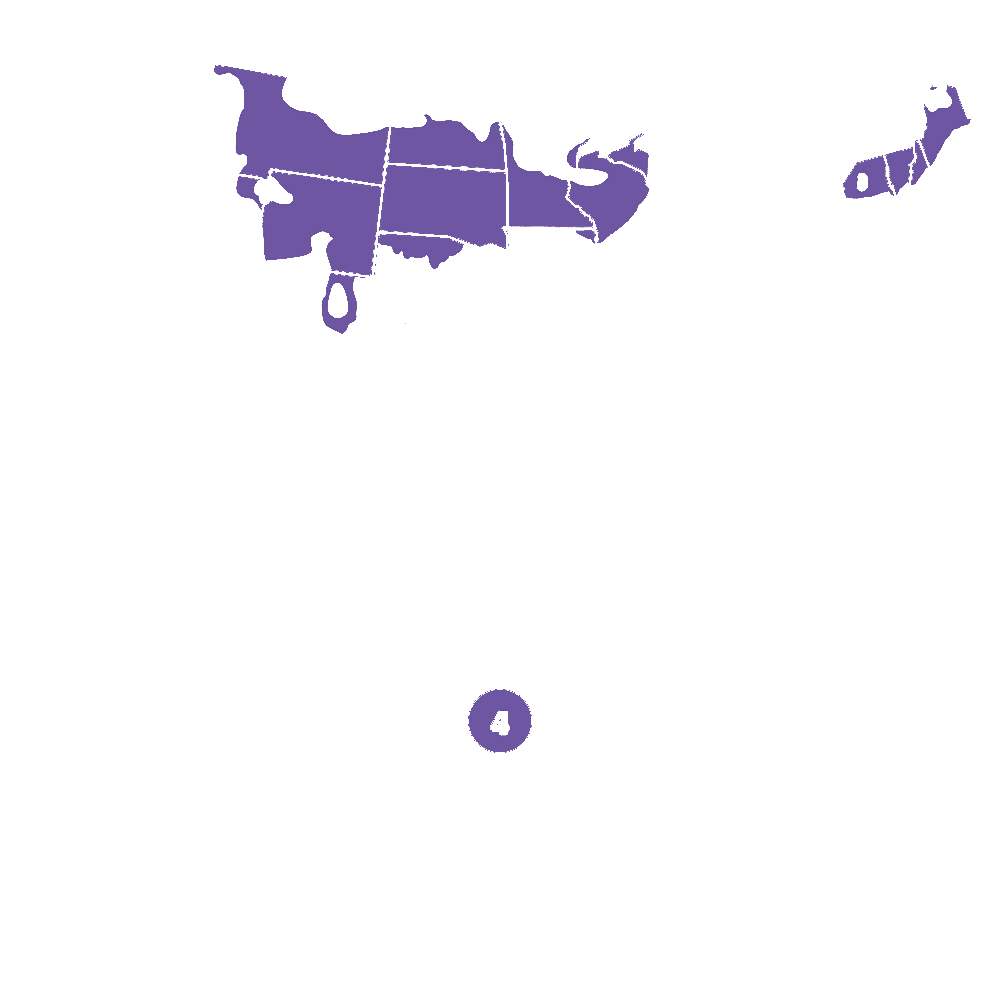
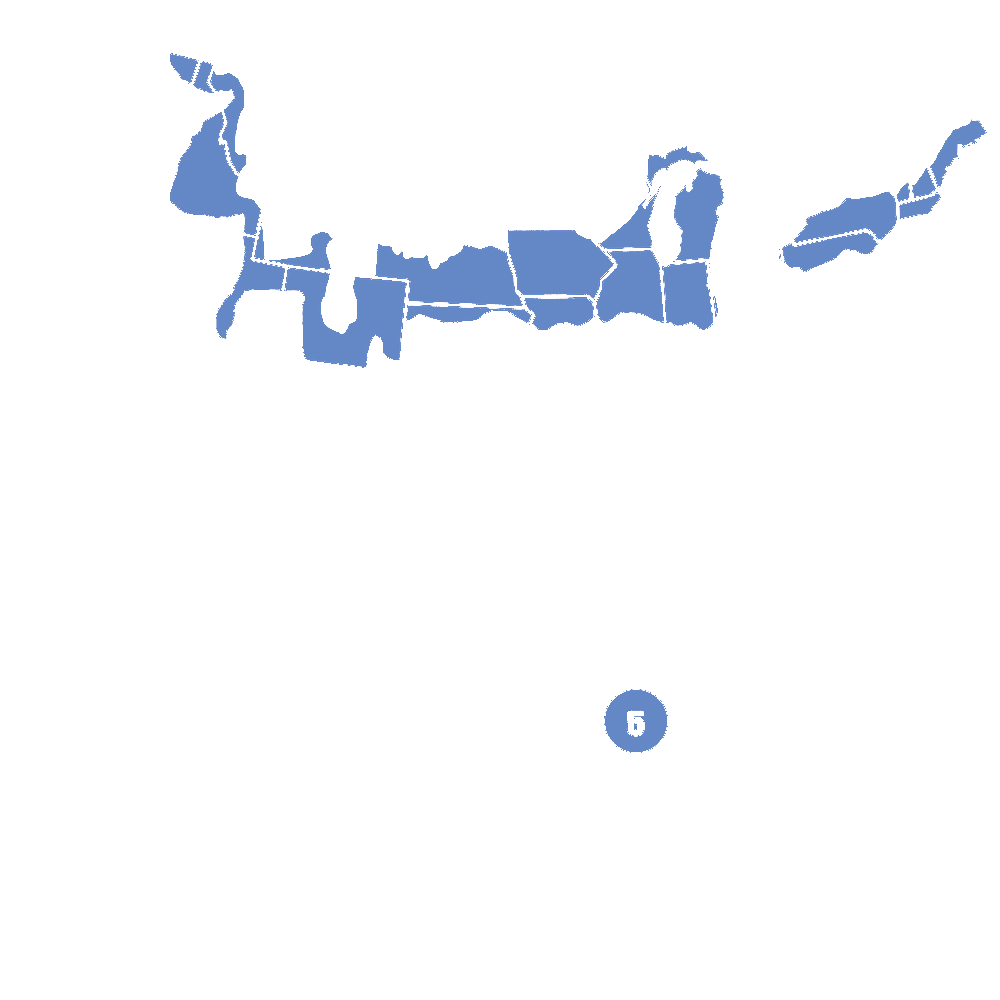
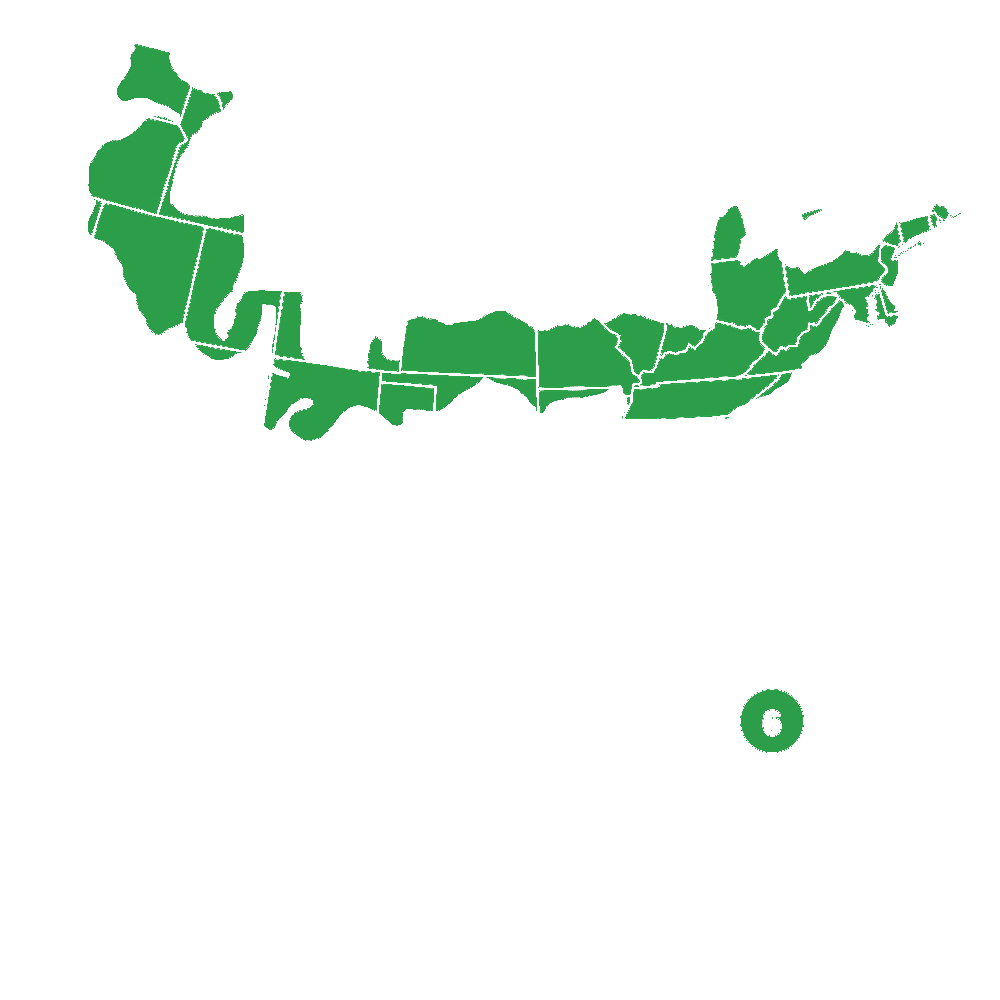
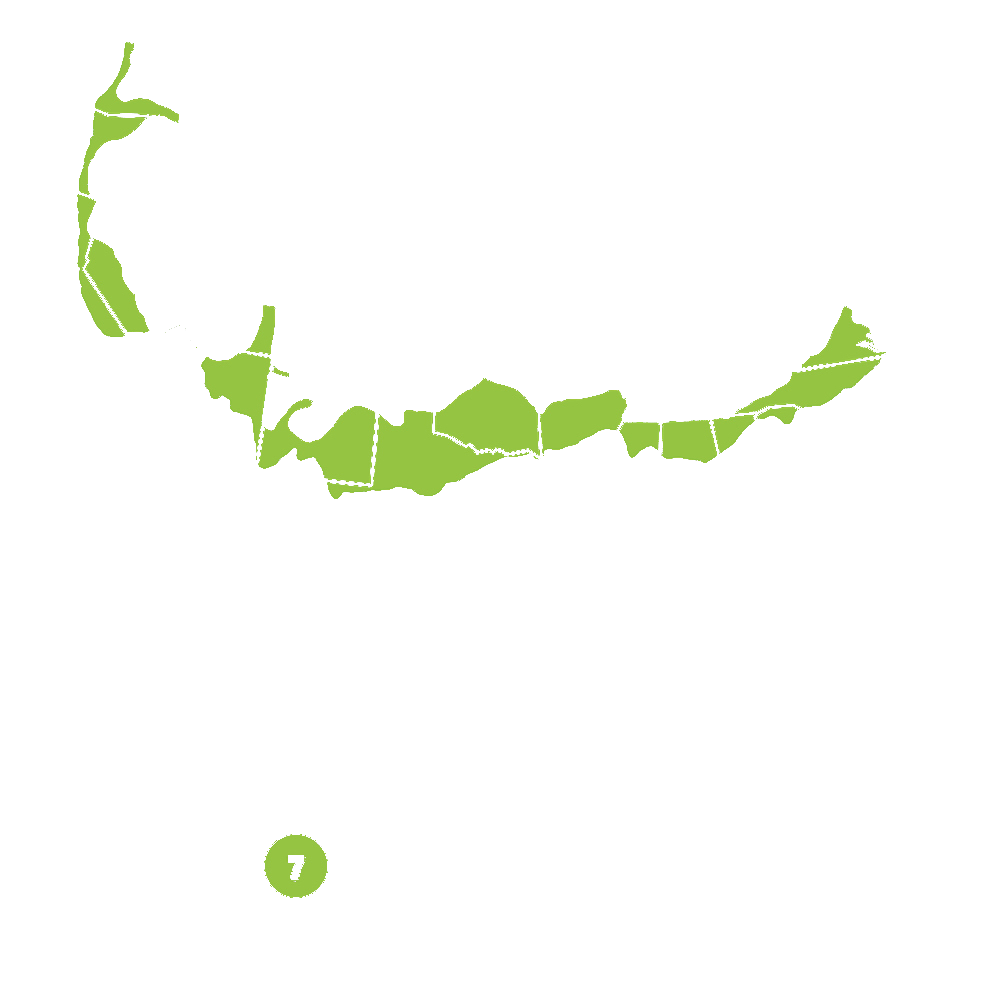
Pollination Info
Pollination Information for Northland Blueberry
The Northland Blueberry (Vaccinium corymbosum 'Northland') is a self-pollinating shrub, which means it doesn't require another blueberry plant to produce fruit. However, planting another blueberry variety nearby can greatly increase fruit production and improve fruit quality.
The Northland Blueberry blooms in mid to late spring with bell-shaped, white or pinkish flowers. The flowers are pollinated by bees, butterflies, and other insects that are attracted to the plant's nectar and pollen. It is important to provide a diverse habitat in your garden to encourage pollinator populations.
Once pollinated, the Northland Blueberry develops small green berries that gradually turn dark blue and are ready to harvest in mid to late summer. Proper care and maintenance including regular watering, pruning, and fertilization can also enhance fruit production and quality.
FAQ
Northland Blueberry (Vaccinium corymbosum 'Northland') FAQs:
-
What is Northland Blueberry?
Northland Blueberry is a deciduous shrub that produces delicious edible fruits or berries. Vaccinium corymbosum 'Northland' is a cultivar of the highbush blueberry species (Vaccinium corymbosum).
-
What are the characteristics of Northland Blueberry?
Northland Blueberry grows up to 4-5 feet tall and 3-4 feet wide. It has a medium growth rate and can be planted in USDA Zones 3-7. The plant produces attractive pinkish-white flowers in early spring, followed by medium-sized, dark blue berries in late summer. The leaves are dark green and turn reddish in the fall.
-
How do I plant Northland Blueberry?
Northland Blueberry requires well-drained acidic soil with a pH of 4.5-5.5. The shrub needs full sun exposure but can also tolerate partial shade. Plant the shrub in a hole that is twice as wide and deep as the root ball. Space multiple plants at least 4-5 feet apart. Water the plant regularly especially during the first growing season.
-
How do I care for Northland Blueberry?
Northland Blueberry requires regular watering and fertilization. Apply a balanced fertilizer every spring and prune the plant in late winter or early spring to remove dead or damaged branches. Protect the plant from birds by using bird netting. Mulch around the base of the plant to keep the soil moist and to control weeds.
-
When is the best time to harvest Northland Blueberry?
The berries of Northland Blueberry usually start to ripen in July and continue until August. The berries are ripe when they are plump, firm, and have a blue-gray color. Harvest the berries by gently pulling them from the stem. The berries can be eaten fresh or can be frozen or canned for later use.
-
Are there any pests or diseases that affect Northland Blueberry?
Northland Blueberry is susceptible to several pests and diseases such as blueberry maggot, mummy berry, stem canker, and powdery mildew. Monitor the plant regularly and apply appropriate measures such as spraying with insecticides or fungicides to control pests or diseases.
Planting & Care
Planting & Care for Northland Blueberry (Vaccinium corymbosum 'Northland')
The Northland Blueberry is a popular variety of the highbush blueberry. These berries are an excellent addition to any garden and grow as a deciduous shrub. They are cold-hardy, meaning they can survive robustly even in the northern regions.
Planting:
- Plant the Northland Blueberry in the spring to ensure best growth.
- Choose a site that receives full sun to partial shade and has moist, well-drained soil.
- Prepare the planting area by ensuring the soil is loosened and add organic materials to improve drainage if necessary.
- Plant the blueberry shrubs at least 4-6 feet apart and about 2 inches deeper than the pot they were in previously.
- Water the shrub generously after planting to ensure proper root growth.
Care:
- Water the plant regularly: Blueberries require ample water. Water them daily especially during the flowering and fruiting stages.
- Fertilize at the right time: Apply balanced fertilizer (10-10-10) in the spring following the instructions given by the manufacturer.
- Protection during winter: In the fall, mulch around the shrub using straw, hay, or leaves to a depth of 2-4 inches.
- Pruning: Prune the shrubs every year in the early spring to encourage more fruit production and to remove any dead or diseased branches.
- Pest management: Keep an eye out for bird and insect damage, between birds and the spotted wing drosophila bug. Use netting to protect the plants.
By providing proper care and maintenance, your Northland Blueberry shrub will grow to be a fantastic and vitamin-rich fruit-bearing plant.
Check Out These Verified Customer Reviews:
Customer Reviews
4.7 out of 5 based on 19 reviews
Thank you! Your review has been submitted.
Fresh and plump blueberries.
Great quality blueberries, very sweet and juicy.
Delicious blueberries!
Item has been added to your cart.



